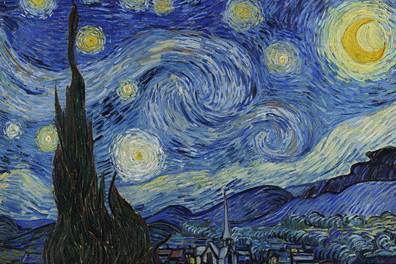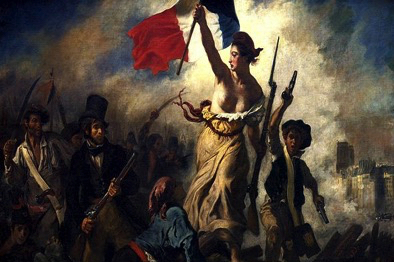Five Pros and One Con
Unless your home team makes it to the Super Bowl, there isn’t the same appeal or interest in the game. However, TV commercials attract a universal audience; the draw to watch advertisements isn’t related to who won or lost the game.
Before I divulge my favorite five Super Bowl LVII commercials, I need to provide a back story about football and the importance of understanding the history of ideas and the past.
For example, we talk about football and often use the term gridiron, a reference to a metal gridiron used for cooking. After football developed over time, it was played on a field with lines marking every ten yards. Someone decided to use the term gridiron based upon a cooking utensil.

However, this was an early version of the game before football became more domesticated.

Playing football in the streets of medieval towns
Back in medieval times, the number of players wasn’t predetermined. So, if a team wanted to win, they merely recruited a large number of players for their team. In one game between two Catholic parishes, one team had 150 players in the street in some hamlet centuries ago. Also, the football back then was a large stone or a cannonball. Additionally, some players carried knives if they needed a weapon during the game.
In the early 20th century, the British banned women from playing football. Their line of reasoning was “the game of football is quite unsuitable for females and ought not to be encouraged.” However, the Brits finally allowed women to play the game. They created the Women’s Super League at a professional level in 2018.
Now that I have mentioned various historical mindsets, I can present my five favorite Super Bowl LVII ads. The first Super Bowl commercial related to the story of the Trojan Horse.

I was told that this was an actual photo of the Trojan Horse.
The story of the Trojan Horse was initially seen as an ancient Greek myth. However, many scholars now believe that it was an actual occurrence. The Greeks soldiers hid in a giant wooden horse, which they left at the city gate of Troy as an offering to Athena, the Greek goddess. The ad did take some poetic license regarding the story, but it was a cute teaching event of history.
My second choice features Diana Flores, the Mexico National Flag Football captain. It addresses sexism in general by making the point that women were banned from playing football. The commercial also questions whether females were unsuitable for football. Hence, women could play flag football.
The third choice is a trailer for the new movie Indiana Jones and the Deal of Destiny. This ad addresses women’s abilities and how men and women can work together to assist each other. Indiana Jones asked Helena why she was on a plane with him that was about to crash. Helena responded that she was there for the purpose of “Rescuing you!” Then Indiana Jones and Helena grab each other as they bail out of the burning plane, embracing each other.
My fourth choice features Serena Williams with this challenging comment, “We’re in the dark right now. And we can stay here, or we can fight our way back to the light. One inch at a time.” She’s correct. Her comment addresses what haunts us because we can’t seem to solve some problem. Address our problems and fight for one inch at a time.
My fifth and final choice addresses how so many people reinvent their past glory as if they are living in a time gone by. They attempt to live in the past as if it was the present. It applies to all of us but especially to the MAGA millions. They want to live in the past, maintaining the election was stolen from Dumb the Dumb, January 6th was a stroll in the park, and Trump was a good and honest president.
I was going to present my five least favorite TV ads unrelated to the Super Bowl. However, I decided to let my reader judge whether this commercial knew any history. This ad dealt with Viking longboats, which had carved dragons bow of the longships. The dragon symbolized death and destruction.

This is an excellent TV ad, except for the last sentence, “Viking, exploring the world in comfort.”

Everything in that commercial was spot-on until the condescending comment at the end. The Viking longships sacked and pillaged many coastal towns in Europe. The villagers didn’t view the Vikings killing and looting locals as comfortable.











